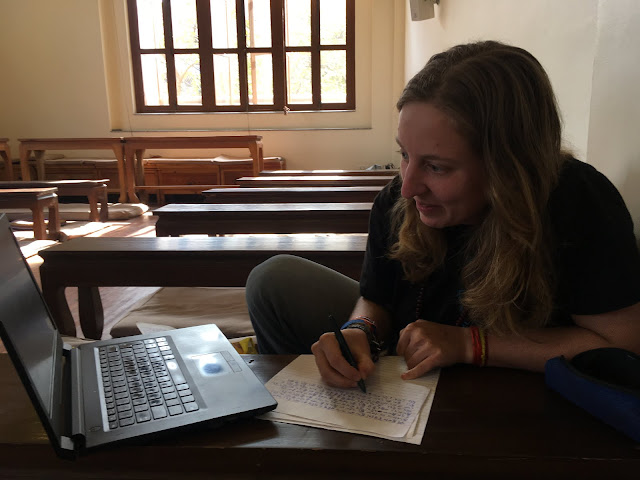The Secret Ones

I. What is the deep listening? Sema is a greeting from the secret ones inside the heart, a letter. [Divani Shamsi Tabriz, Rumi: The Big Red Book] Let this writing, in however insignificant way it might, bring solace to those of us who have had suffering at the forefront of our lives all along and especially to those of us who have retreated into unfathomable silence. When we long for everything we have lost and all the things we could never have, material and beyond, we wonder why the world outside is so ruthless. When we are shaken to our inner most core, we become acutely aware of the terror that grips us completely. We think that we are living the wors




